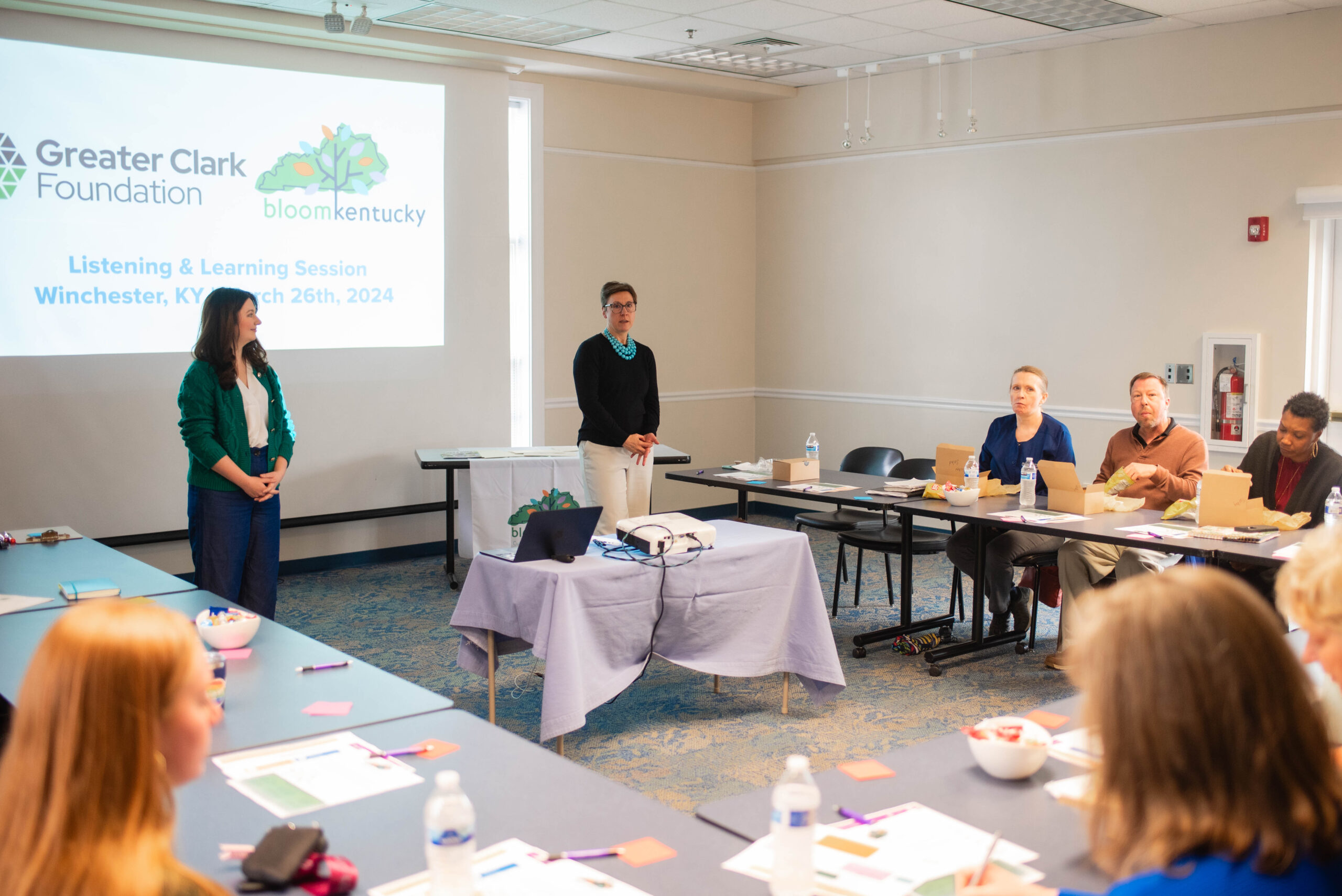 This post originally appeared as a guest column in the Grant County News.
This post originally appeared as a guest column in the Grant County News.
By Lynne M. Saddler, MD, MPH
Think about the last time you had to run a quick errand. Maybe you went to the post office, library, store or a nearby friend’s house. How did you get there? Odds are, you drove your car.
American society is definitely car-dependent. In the 2010 Future of Transportation Study, conducted by Transportation for America, 73 percent of respondents nationwide said that they have no choice but to drive as much as they do; however, 66 percent said that they want more choices—more transportation options.
Local government officials and health advocates in Grant County are working to change local policies and systems so that we are better able to walk or bike. The concept being used is complete streets, which are roadways designed for all modes of transportation—walking, biking, cars and trucks.
Complete streets is a flexible concept. There are many elements that could be implemented in plans to make the road more inclusive, such as bike lanes, sidewalks, crosswalks, pedestrian signals, bus lanes and lighting.
It’s also a change that can be made incrementally: Complete streets elements can be included in new construction plans and have a minimal impact on the budget. Simple changes to existing streets, like narrowing the driving lanes to make space for a new bike lane or painting crosswalks, can be inexpensive.
The cities of Corinth, Dry Ridge and Williamstown have already adopted a complete streets policy. This simply means that they will consider integrating elements of complete streets when planning future road development.
The city of Williamstown has included complete streets as part of their master plan, which will further help Williamstown be a community that accommodates all modes of transportation and supports efforts to implement complete streets.
Organizations that support the work to create complete streets in Grant County include: FFLAG (Fitness for Life Around Grant County), the Northern Kentucky Health Department, Interact for Health and Kentucky Youth Advocates.
Complete streets policies can improve safety: In 2013, more than 900 pedestrians were either killed or injured on Kentucky roadways. More than 100 of those were children under age 14. Sidewalks, crosswalks and pedestrian signals are all elements of complete streets that will improve safety.
Complete streets policies can improve health. Kentucky has the fifth highest adult obesity rate in the nation, and the third highest childhood obesity rate. Further, one-third of Kentuckians reported that they’d not been physically active in the last month. Complete streets can make it easier to be active by biking or walking to destinations.
Grant County residents overwhelmingly support complete streets. In a 2011 survey, 98.6 percent supported the idea.
To make the greatest impact on the health of the greatest number of people, we need to look at changing our policies and environments. Complete streets represent a policy change that can help us re-think our transportation choices—so in the future when taking those short trips to the store, post office or friend’s house, we’ll be able to leave the car keys behind, and instead lace up our walking shoes or grab our bike helmets.
Lynne M. Saddler, MD, MPH is the District Director of Health at the Northern Kentucky Health Department.






Leave A Comment